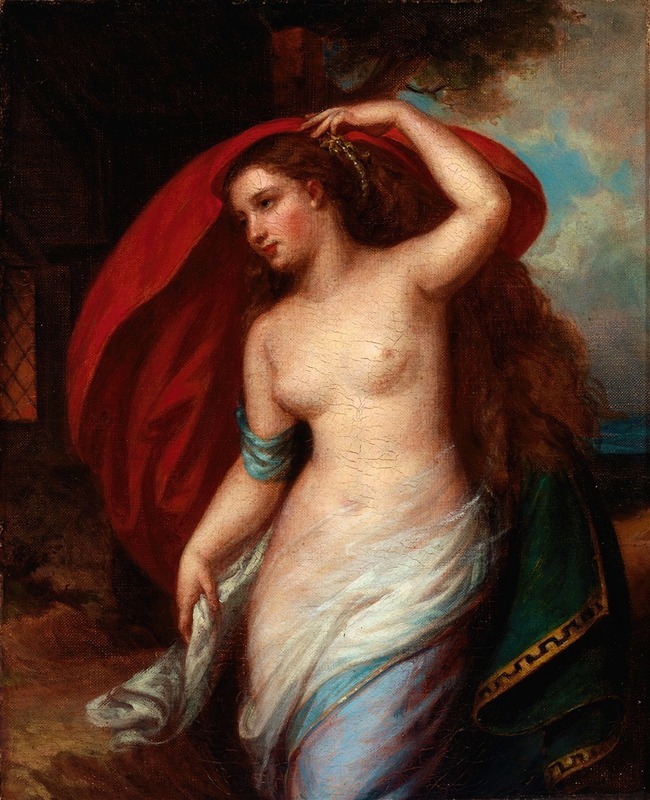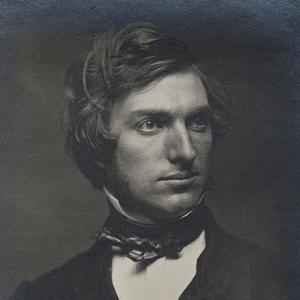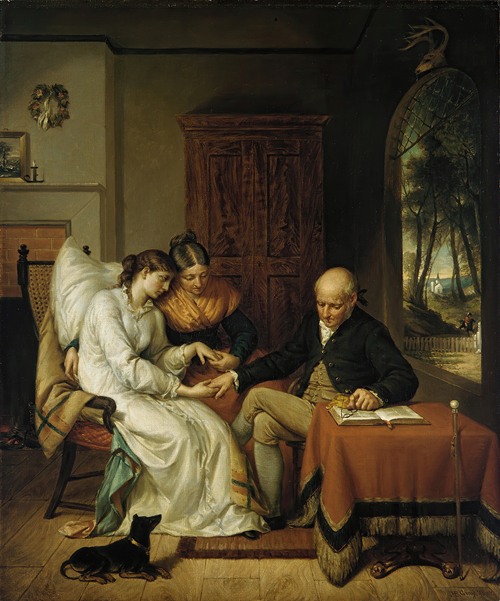

Henry Peters Gray was an American portrait and genre painter.
Born in New York City he was a pupil of Daniel Huntington in New York, and subsequently studied in Rome and Florence.
Elected a member of the National Academy of Design in 1842, he succeeded Huntington as president in 1870, holding the position until 1871.
The later years of his life were devoted to portrait work. He was strongly influenced by the old Italian masters, painting in mellow colour with a classical tendency. One of his notable canvases was an allegorical composition called "The Birth of our Flag" (1875). He died in New York City.
The Greek Lovers was painted by Gray after a trip to Italy, where he was greatly influenced by the art of the Italian Renaissance. This painting was very well received in its day, and reflects the nineteenth-century fascination with Greco-Roman antiquity.
The Pride of the Village was based on Washington Irving’s story of the same name and is about a beautiful and simple country girl, the proverbial "pride of the village," who fell in love with an army officer. When the officer is transferred to another post, he asks that she accompany him, however, her pure mind was so upset by this indecorous suggestion that she pined away, surrounded by her devoted family. The painting shows her in her decline, possibly “thinking of her faithless lover?—or were her thoughts wandering to that distant churchyard, into whose bosom she might soon be gathered?”



